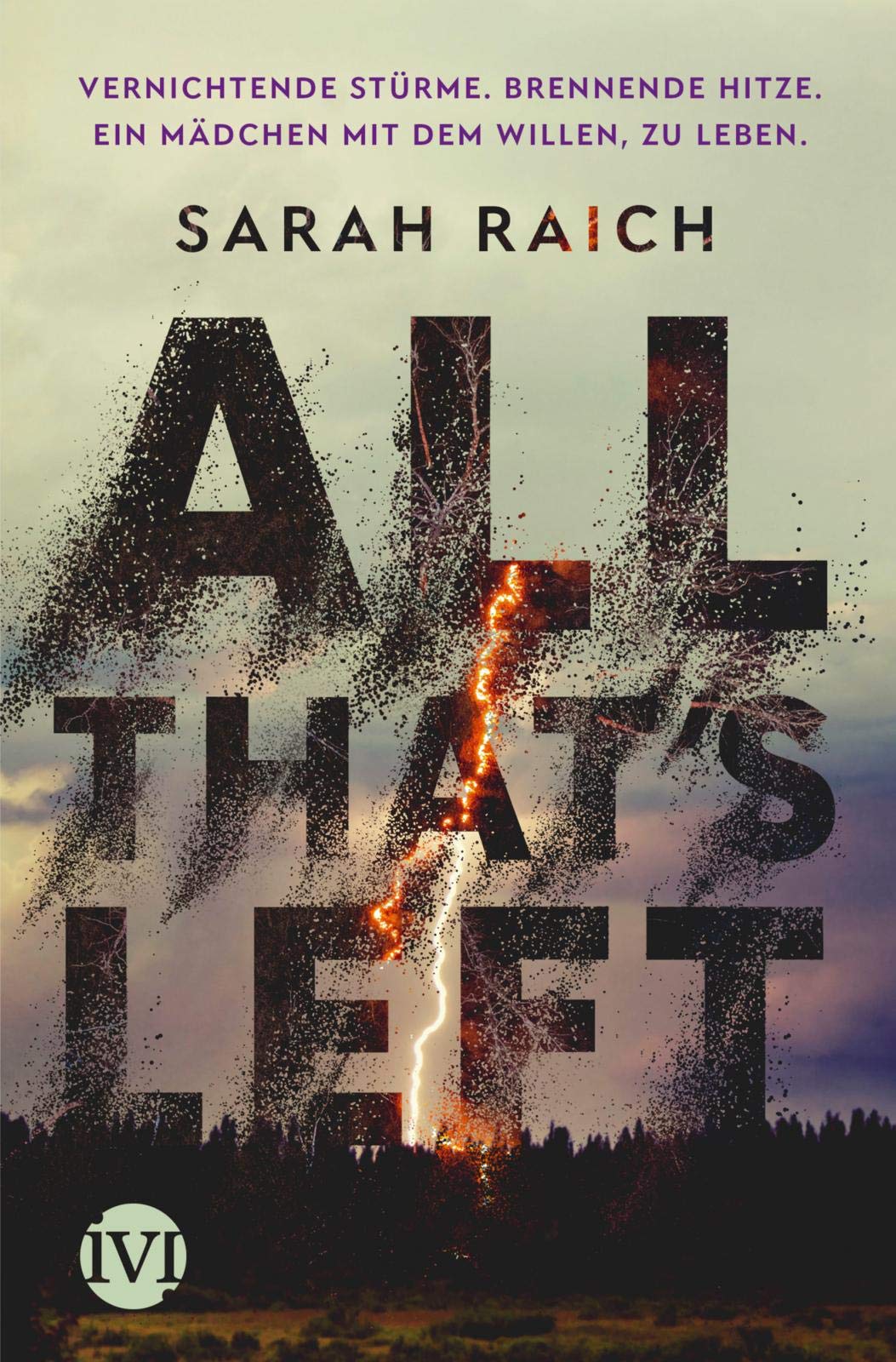
The most common causes of this issue are: They were doing it in 3,000 B.C.Your IP address has been temporarily blocked due to a large number of HTTP requests.

“In 2015, we’re just starting to experiment, to know about this stuff, to accept it, to really play with it, to write about it.

The poems involve gender fluidity, cultic priests who engage in cross-dressing, and free-flowing eroticism that feels completely contemporary. Notwithstanding the age and uniqueness of the Sumerian stories, the myths continue to hold a fascination for Echlin in part because of their resonance in modernity. “It tells a female quest myth that has not really been duplicated since.” “The Inanna myth, which is one of the oldest goddess myths – the oldest written goddess myths in the world – tells a very original story,” Echlin says. And she has to recreate the rest of her life.” By offering an alternative to traditional male archetypes, the Inanna story remains sui generis. “An alternate quest myth is the Inanna story,” Echlin suggests, “which is, you go on your adventures, your home is not intact, your lover leaves you or tries to usurp you. The Inanna narrative, by contrast, provided Echlin with a set of poems that contain at their centre a fully formed woman: a goddess who demands to be given power by her male counterpart, Enki a woman who engages in a passionate, sexually fulfilling love affair with a human male, Dumuzi a vulnerable woman who is raped by a wayward farmer and doggedly pursues justice and reparation following the crime and a female quest figure who descends to the underworld and returns to find she has been betrayed by her lover, who has usurped her throne.Įchlin considers Inanna’s story as a broadening of the traditional conception of a male quest myth, which is predicated upon a man who goes to war and then returns – having multiple adventures along the way – to a home that remains relatively intact. And so, it was great, but it didn’t reflect stories that I was interested in.” The only roles for women were harlots and goddesses. “It’s about male friendship, it’s about how the female civilizes the male. “But, the Gilgamesh legend is a male quest myth,” Echlin says. One of the things she studied was The Epic of Gilgamesh, a Sumerian poem that is generally considered to be the oldest written work of literature still extant. And this month, Penguin Canada released Inanna: A New English Version, a book for adults that features Echlin’s translations of the ancient myths – and the praise poems of Enheduanna – along with explanatory notes and essays placing the work in context for modern readers.Įchlin’s interest in the Inanna myth stretches back to her high school experience in Burlington, Ontario.

This interest led the author to collaborate with illustrator Linda Wolfsgruber on a children’s book, Inanna: From the Myths of Ancient Sumer, published in 2003 by Groundwood Books. Best known as the author of The Disappeared (which was shortlisted for the 2009 Scotiabank Giller Prize) and this year’s well-reviewed novel Under the Visible Life, Echlin also maintains a fascination with Sumerian mythology, in particular the Inanna myth. “The first poet to identify herself in poetry and to take ownership of her words,” says author Kim Echlin, “is a woman.”Įchlin is in a position to understand Enheduanna’s significance. Significantly, Enheduanna inscribed her name into her poetry: the first author in written history to do so.
The epic of inanna series#
The daughter of the renowned Sumerian general Sargon of Akkad – also known as Sargon the Great – Enheduanna was a poet and priestess in ancient Mesopotamia, who composed a series of praise hymns to the Sumerian goddess Inanna. In the history of feminism, the name Enheduanna does not rank highly, though it probably should.


 0 kommentar(er)
0 kommentar(er)
